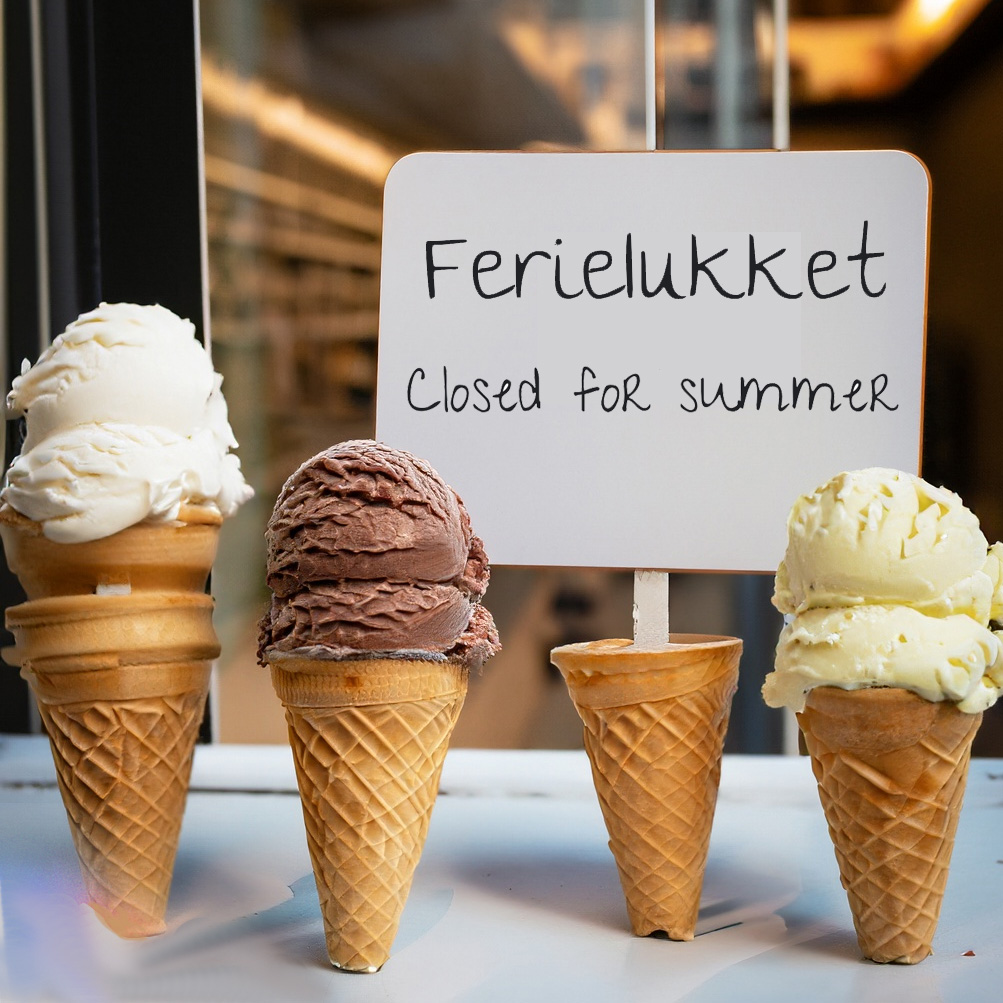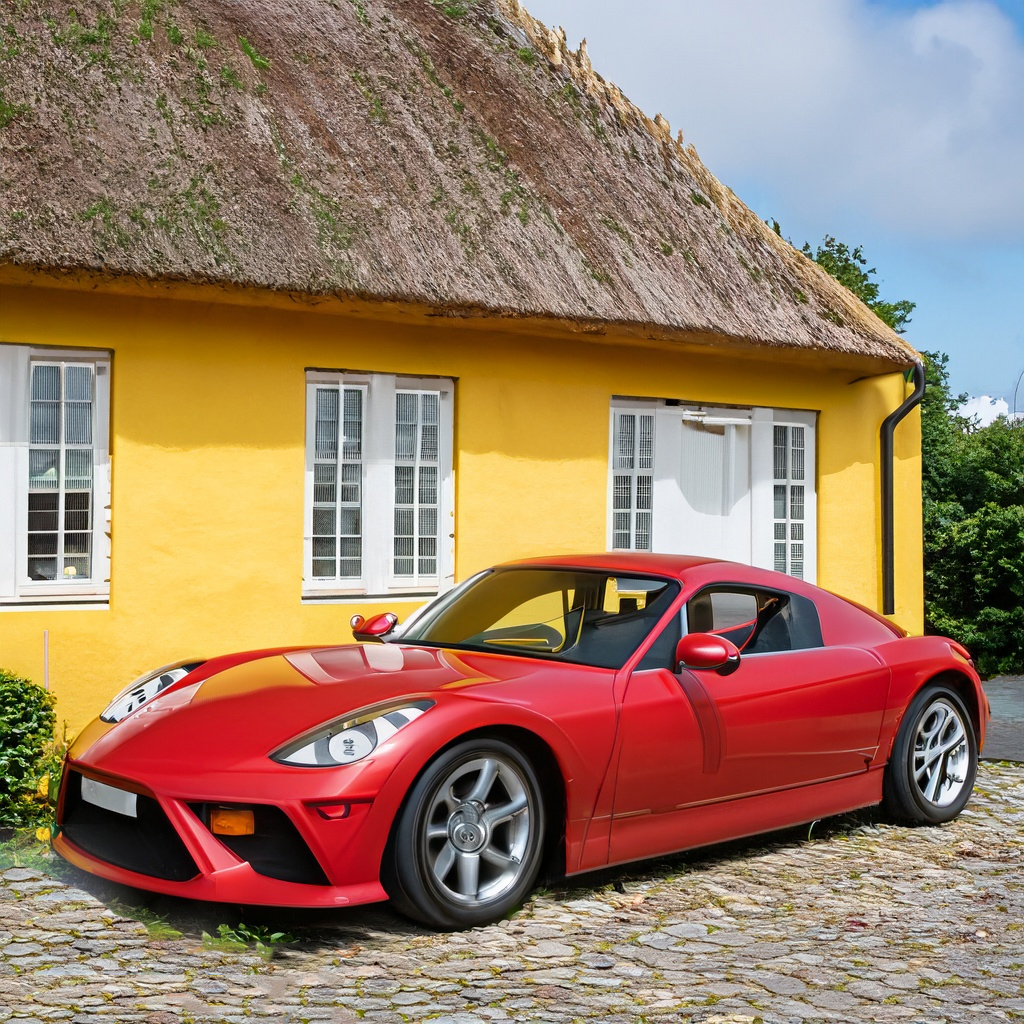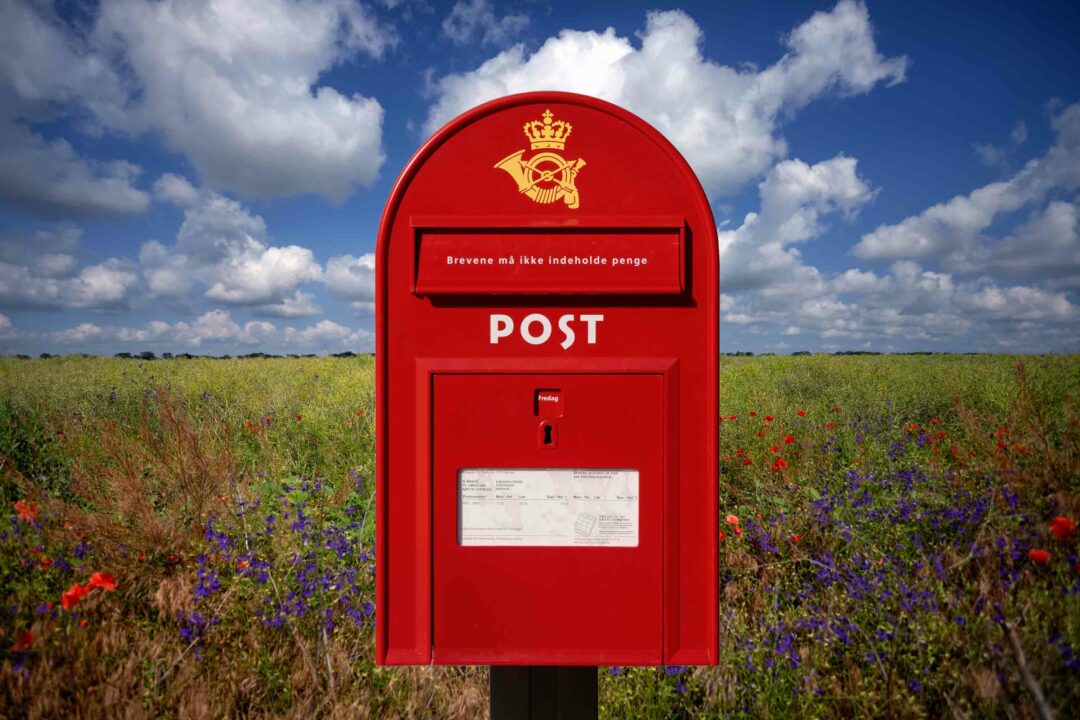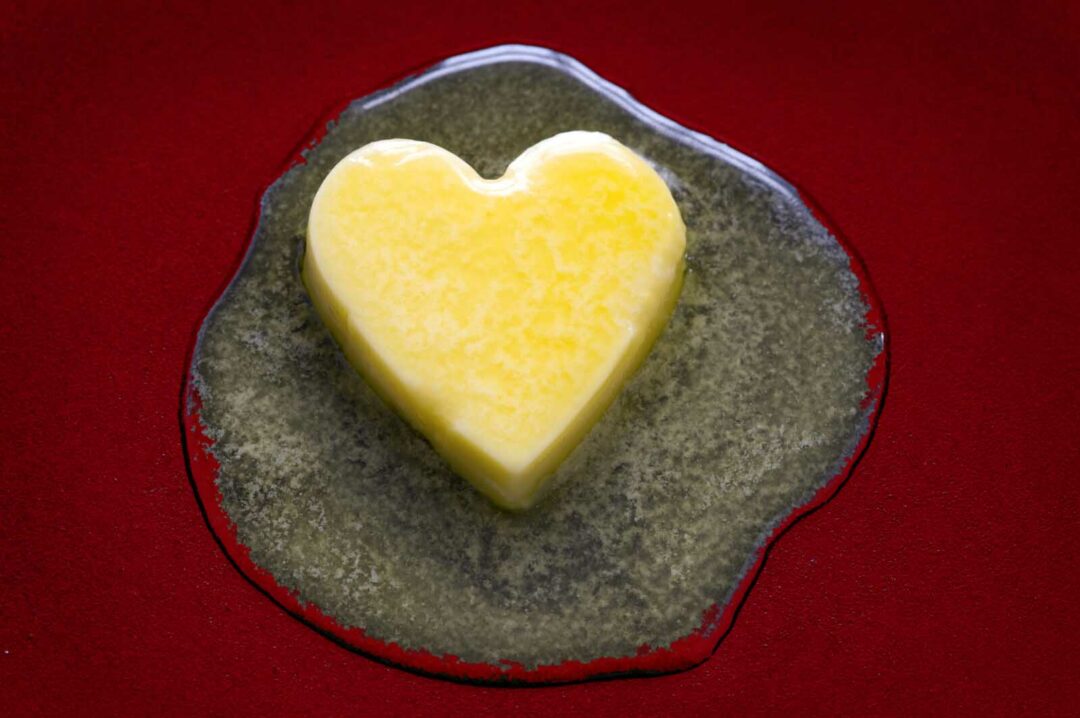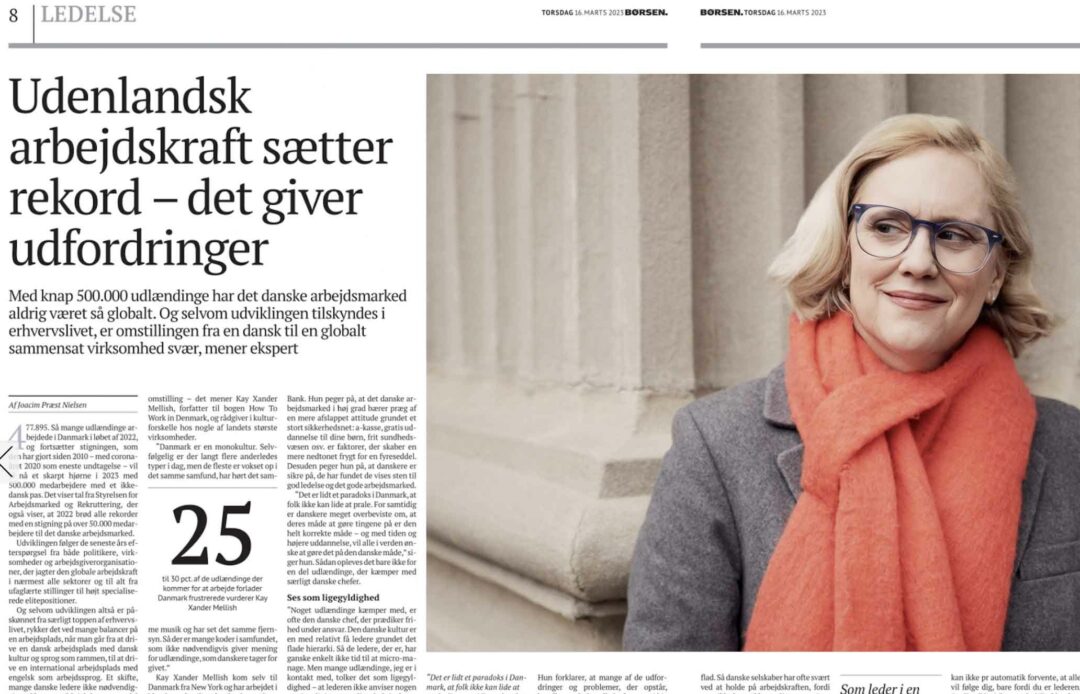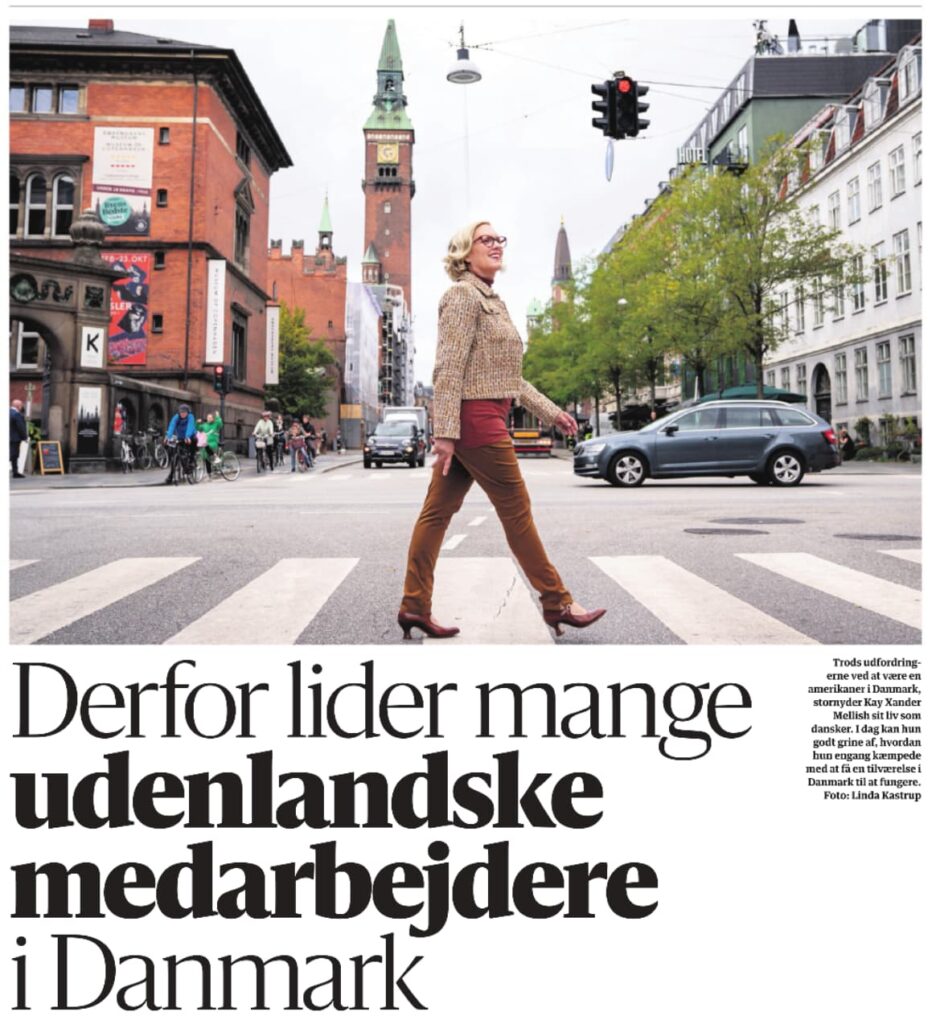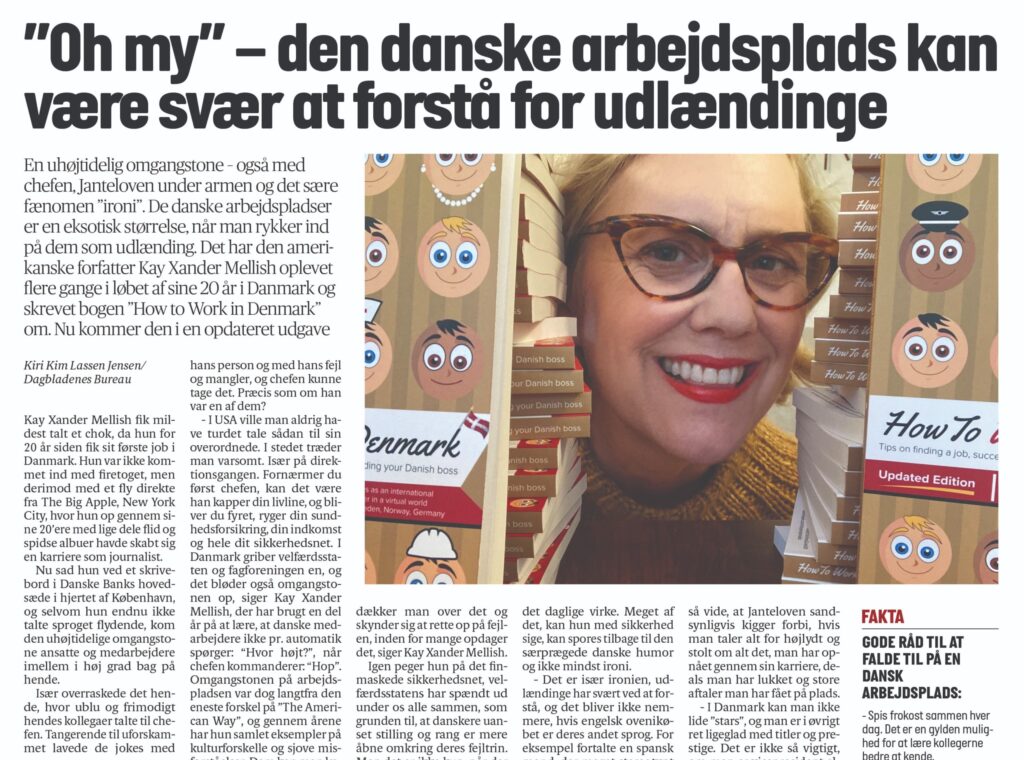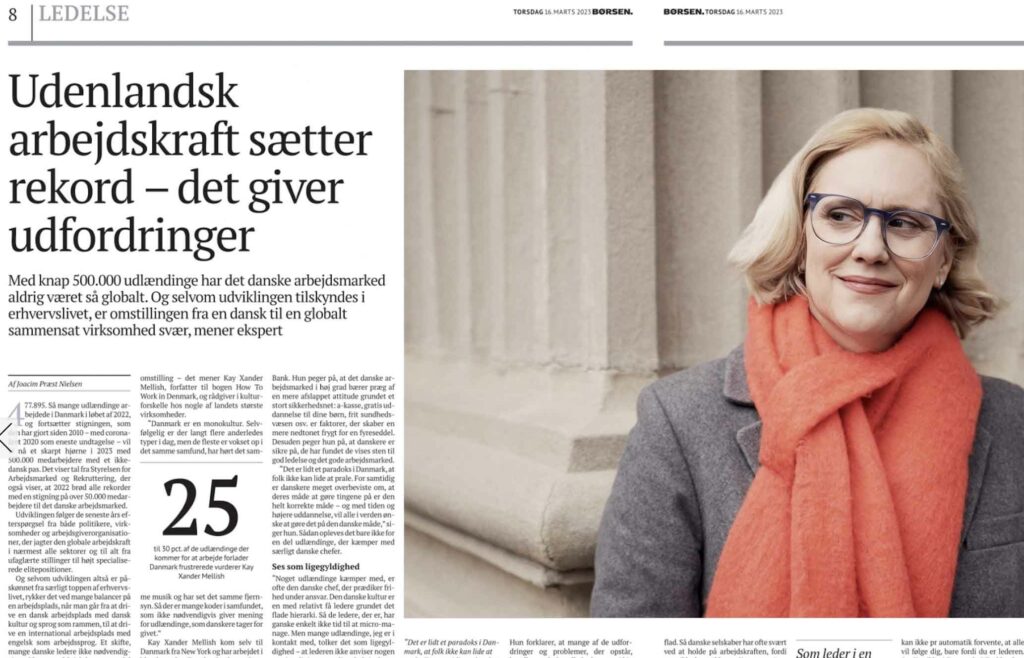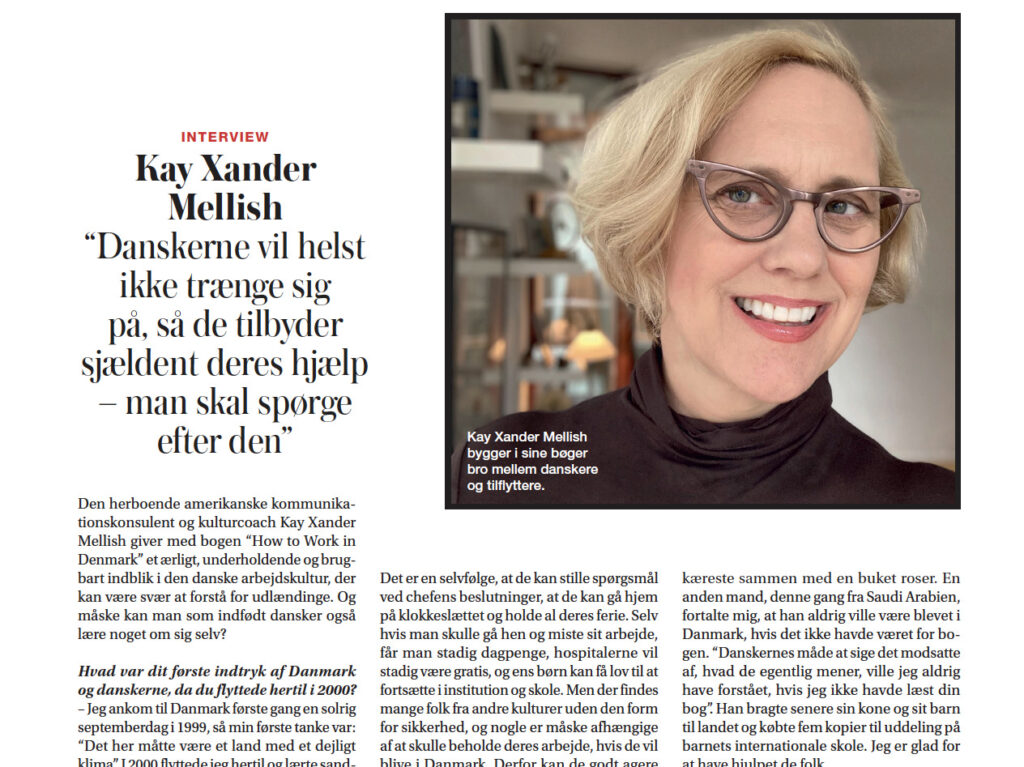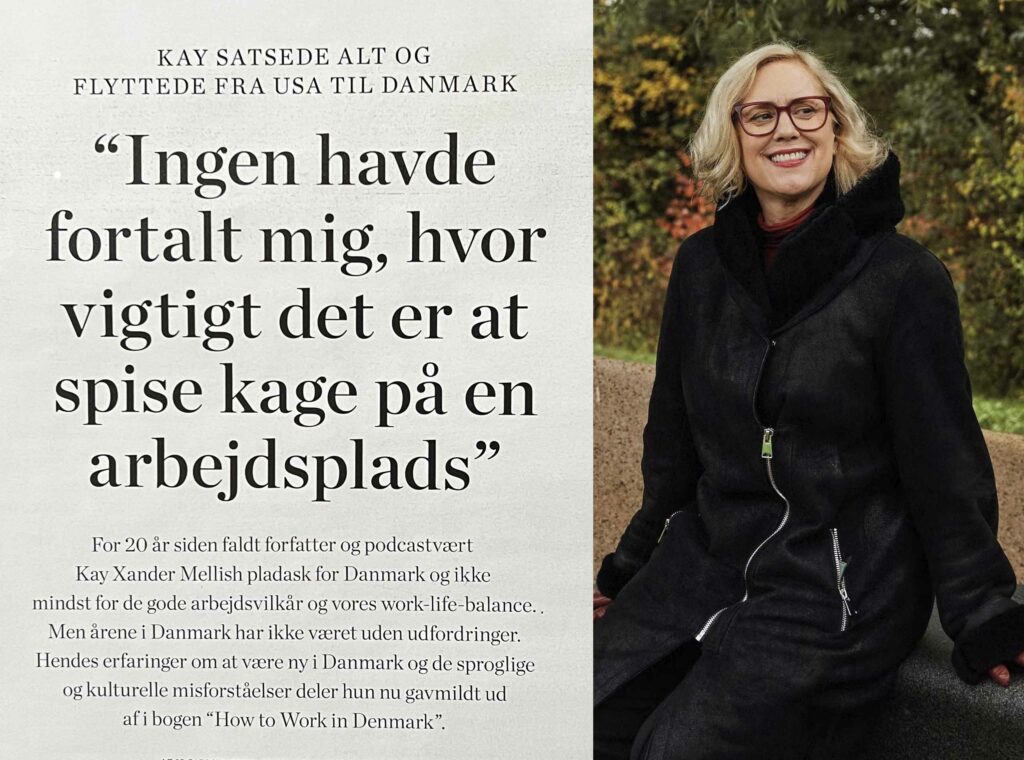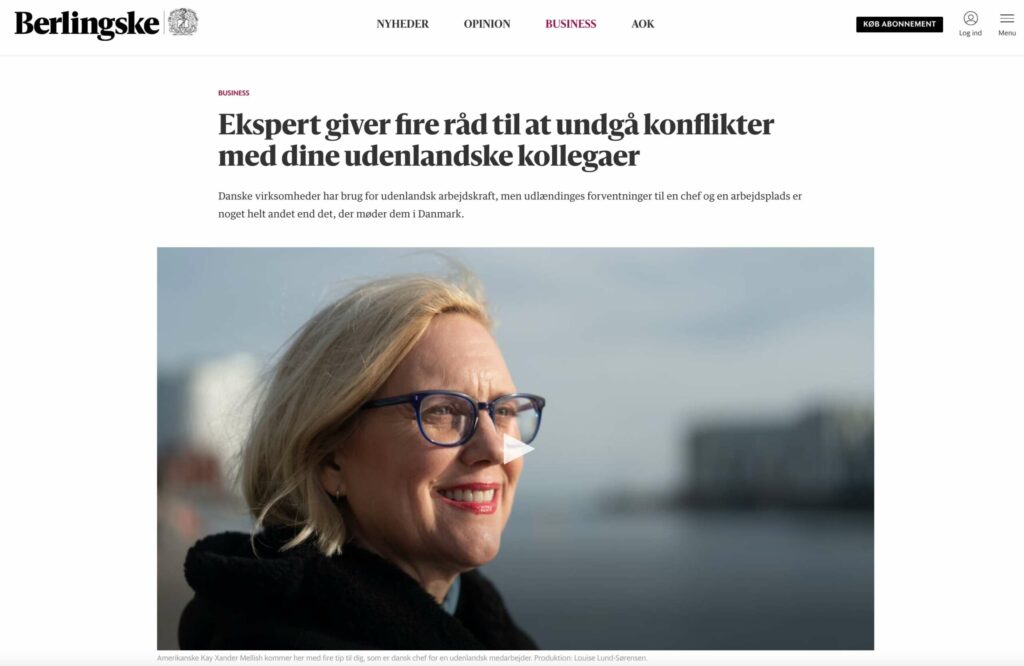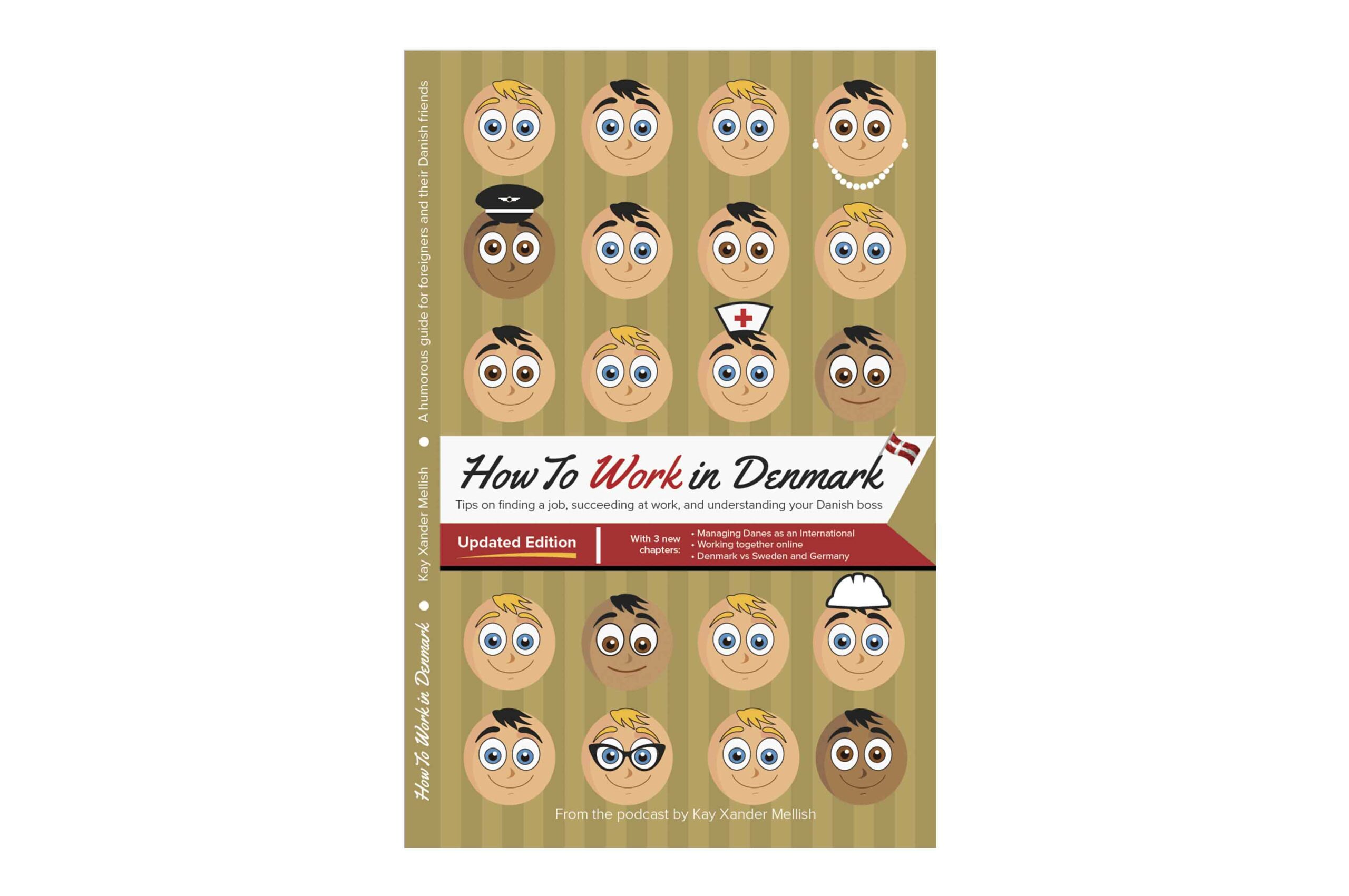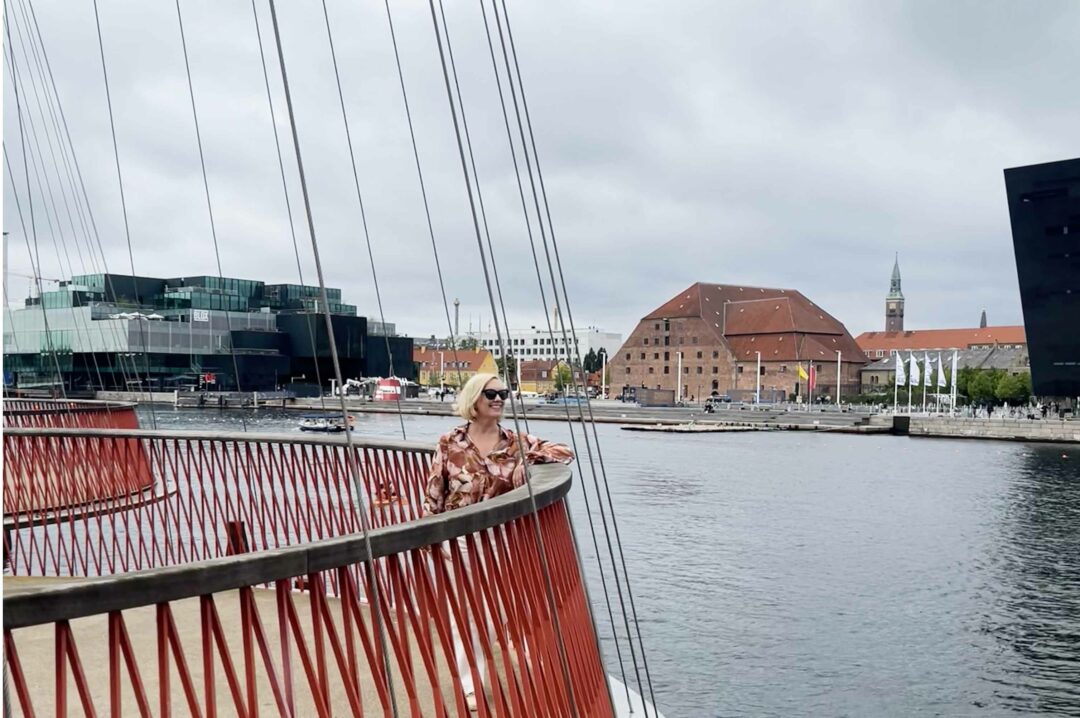When I first arrived in Denmark, you could shut down any dispute in Denmark by appealing to the common good. Solidarity – solidaritet– and fælleskab, or community, or even samfundssind, societal spirit.
These were magic words, and they still are, particularly with the older generation that built Denmark’s welfare state. If you want to convince this generation of anything, just make a reference to solidarity and community and societal spirit. Works like a charm.
What about “Jante Law”?
I’m often asked if the younger generation is as dedicated to these principles as their elders, and if they still follow the Jante Law.
Jante Law is not really a law – it’s like a legend, in which people living in Denmark are not supposed to act like they’re better than anyone else, or smarter than anyone else, or know more than anyone else.
This, of course, is tricky if you actually are better than someone else, or smarter than someone else, or know more than someone else. But the idea is, don’t try to speed ahead of others. We all move at the same rate.
Young people aren’t too keen to put up with that, in particular in an environment where they are competing internationally.
For many Danish young people, the idea that all Danes are equal and we must all move together, at the same pace, seems outdated.
And one contemporary example is the rise of the electric bike.



